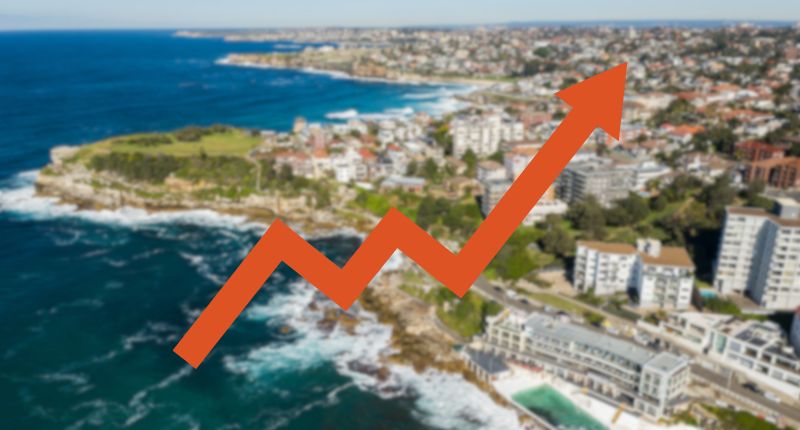
- All capital cities saw YoY property price growth, led by Perth and Adelaide.
- Increased stock, rising rates impact prices temporarily, but rebound persists.
- Sydney's home prices rise, demand remains strong despite interest rates.
Property prices across Australia’s capital cities are now recording year-on-year (YoY) growth, according to the latest house price report by Ray White chief economist, Nerida Conisbee.
Perth and Adelaide home prices are the best in class, with both cities having recorded yearly growth above 6%. Meanwhile, growth in Melbourne and Hobart has largely been stagnant, at 3.4% and 2.8% respectively.
Capital city price growth (houses)

More stock on the market not slowing down price growth
The past month has witnessed a rise in properties for sale. There are several reasons behind this pattern. The rising interest rates and negative sentiment toward landlords have caused investors to sell their properties and leave the market.
This may be interpreted as a positive trend, as more people selling their houses will lead to more much-need stock being available in the overheated market.
Prices fell marginally in July, partially due to the unforeseen interest rate increase in June, and an increase in stock on the market. However, this trend has all but since reversed, with the markets that experienced the largest price falls last year also having seen the greatest increases last month.
Prices to rise further
Sydney’s home prices had the highest growth in August, with a 0.9% rise. In addition, all capital cities were recording YoY unit price growth.
Capital city price growth (units)

UPDATE: The value of Australian homes has reached $10 trillion again, having hit the mark, previously, in June 2022. The number of homes rising to 11 million, and a rising median, now $732,886, were primary drivers.
Stock is still in short supply
Although there was an expectation that the house price growth would stagnate once more stock hit the market, the current trends indicate otherwise.
CoreLogic‘s latest Hedonic Home Value Index (HVI) report for September 2023 found that the main factor driving home price growth is the below average advertised supply.
While new listings rose in the colder months, the total advertised supply levels are still 15.5% under levels from last year across combined capitals, and 19% lower than the prior five-year average.
“We have seen vendors becoming more active through winter, which is seasonally unusual,” said CoreLogic research director, Tim Lawless.
“However most of this fresh stock is being absorbed by the market, with the count of total capital city listings rising by only 3.6% over the past two months, despite the flow of new listings jumping 12.9%.”
The capital city with the highest rise in total advertised stock over the previous two months has been the ACT, where listings rose by 10.2%. Sydney and Melbourne experienced considerable growth in the total advertised supply as well, by 9.8% and 8.3% respectively, albeit with stock levels below levels recorded a year ago.
Nonetheless, listing authority data from Ray White, which is a predictor of total listing volumes, indicates that some markets, including Queensland and Victoria, will see their listings start to fall, causing prices to spiral even more.
The unforeseen and unabated demand for housing in the current high-interest rate environment is driven by the elevated population growth and a slowdown in new home builds. Furthermore, with the interest rate nearing its peak, more confidence over where the rates will affect any future price movements.




